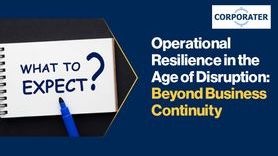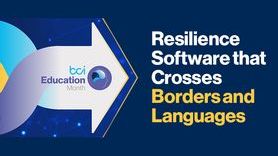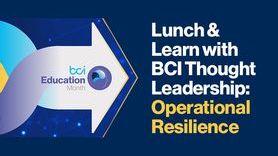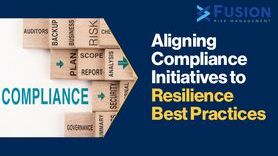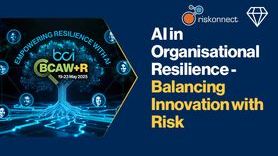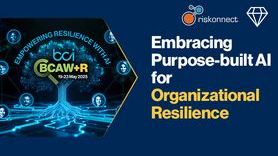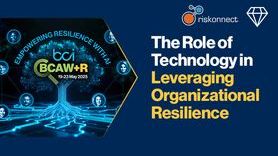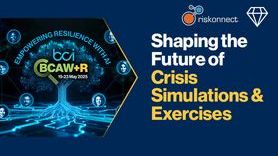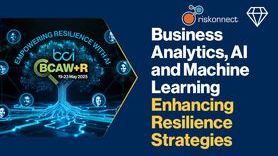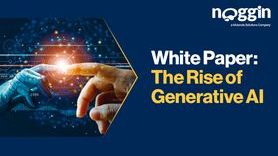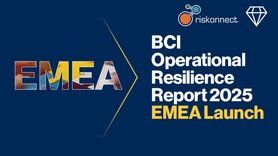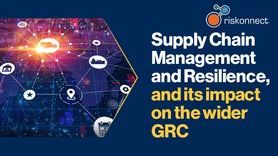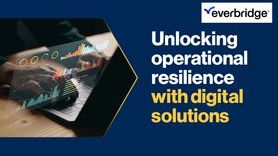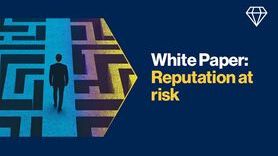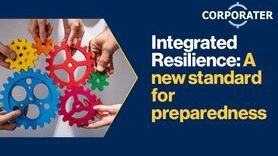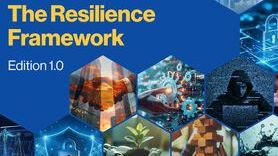Operational Resilience in 2024
-
01 Jul 2024
-
Margaret
- The organisational environment
- Policy and programme management
- Embracing Business Continuity
-
0Comment
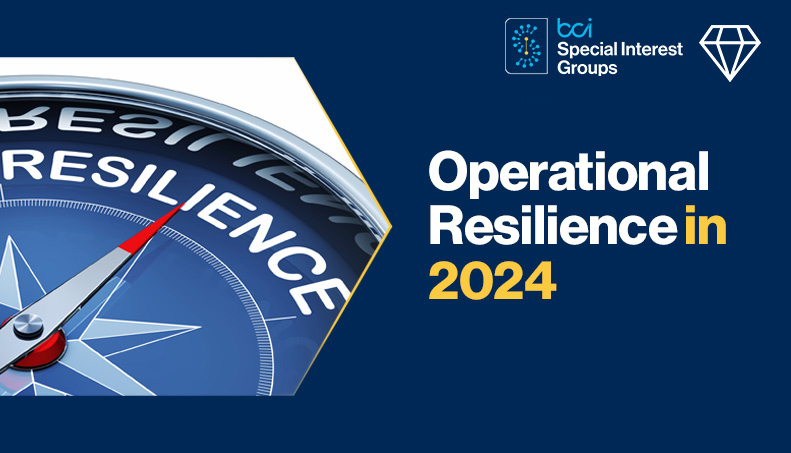
Please note that this article is exclusive to BCI Members only. If you are a member please login into your website account to read the full content or find out more about BCI Membership
More on
About the author

Margaret Millett
Head of Global Resilience, Uber Technologies, Inc.
Margaret J. Millett, MsBC, FBCI (Hon), MBCP has been actively involved in the business continuity field for 30 years. She is the recipient of the 2023 Business Continuity Institute Lifetime Achievement Award. She has worked for IT & Financial Services Fortune 300 companies in Ireland & the United States.
Margaret has held board levels positions with business continuity organizations, written publications & spoken at conferences in North America, Europe, Asia, and the Middle East. Affiliations include Disaster Recovery Journal Executive Council, Diplomatic Courier Brain Trust Advisor, United Nations Office for Disaster Risk Reduction, iluminr Customer Advisory Board, The Business Continuity Institute, Continuity Insights (CI) Editorial Advisory Board, The Resilience Think Tank, Founding Members, Association of Contingency Planners, Disaster Recovery Institute International, Advanced Caliber, North Carolina Symphony Digital Committee, & Alzheimer’s Association of Eastern North Carolina Board Chair.
Events
-
Resilience as a Holistic Risk and Recovery Solution
-
9 Jan 2026 , 10:00 UTC-7
-
-
Bi-Monthly Operational Resilience SIG Open House
-
21 Jan 2026 , 12:00 UTC-5
-
-
Next Generation Network: Shaping the Future of Resilience
-
26 Jan 2026 , 10:00 UTC
-
News
-
Understanding the Threat Landscape - The Human in the Loop
-
15 December 2025
-
-
Dashboards and Impacts Over Time
-
11 December 2025
-
-
BCI Board Spotlight: Maura Santunione MBCI
-
10 December 2025
-





